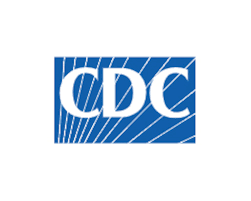Last Friday CDC released new recommendations for community masking to reduce the spread of COVID-19. The new recommendations now consider 3 key metrics: rate of new case detection, rate of new admissions to the hospital, and general ward occupancy. These recommendations are intended to apply to counties, not states. Currently, Maricopa, Coconino, Yavapai, and Santa Cruz Counties are rates as medium risk whereas all other counties are high risk.
You can visit the new CDC recommendations to see how the guidance applies to community spread in AZ right now. Among other things, it basically means that, in the opinion of CDC, indoor masking can responsibly scaled back in most indoor environments in the ‘moderate’ counties of Maricopa, Yavapai, Coconino & Santa Cruz. Universal masking is still recommended in congregate and healthcare settings.
Here’s an excerpt of Dr. Gerald’s explainer of the new CDC guidelines from the Appendix of this week’s epidemiology & hospital occupancy report:
“… the CDC recommendations prioritize hospital utilization as the key metric to trigger masking. The advantage is that hospital utilization is easily measured and highly salient as a community metric. When hospitals are overwhelmed, we are all at risk whether we have COVID-19 or not.”
“The triggers would have fired at least 4 weeks prior to the observed peak. So, there would have been at least some opportunity for the incremental benefit of government mandated masking to moderate peak transmission and flatten the curve perhaps by 25 – 30%. While this would have blunted peak hospital utilization modestly, it would still “allow” large numbers of infections with the attendant risk of long-COVID and other post-infectious sequela.”
Editorial note: In other states, the new guidance may be used to inform the scaling back of statewide public health interventions. Because the governor and state health director are not now, nor have they been, using their public health emergency authority to require mitigation, the new CDC guidance will really only be useful for entities like K-12 schools, universities and private businesses to make decisions about masking requirements.


